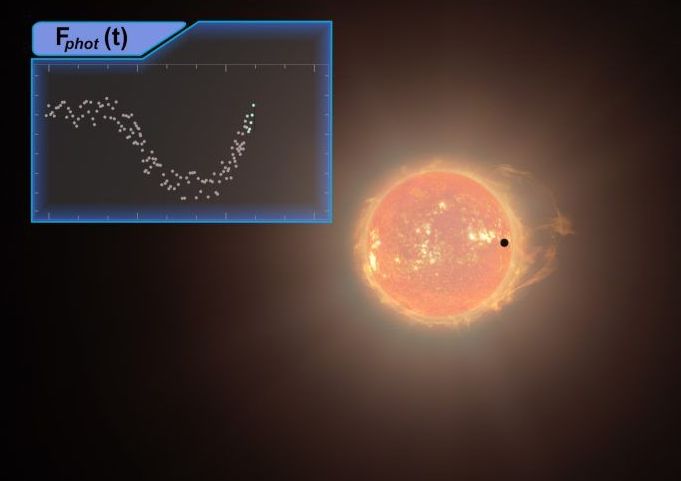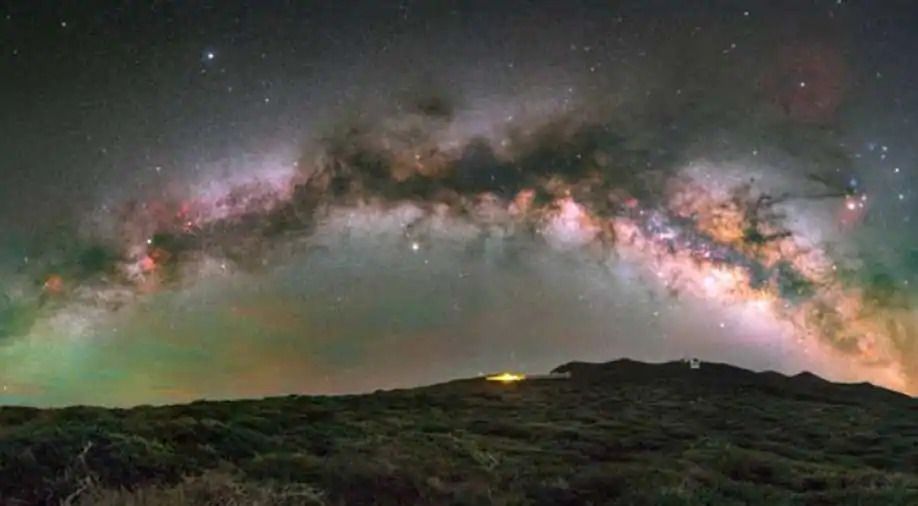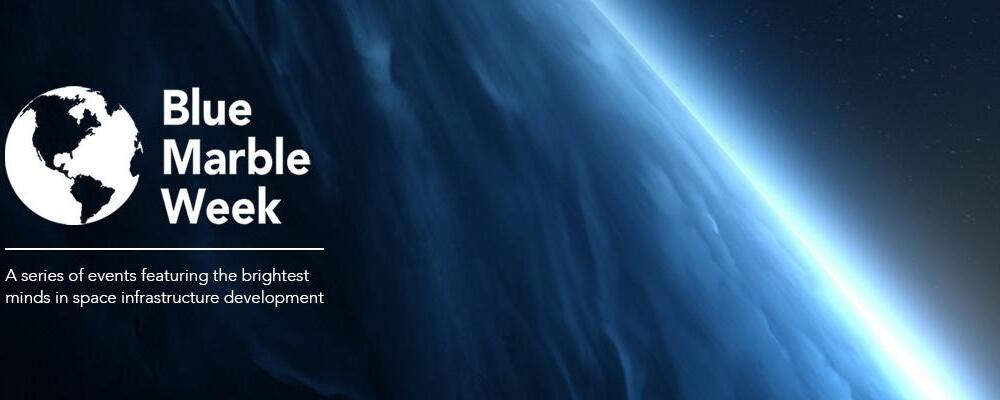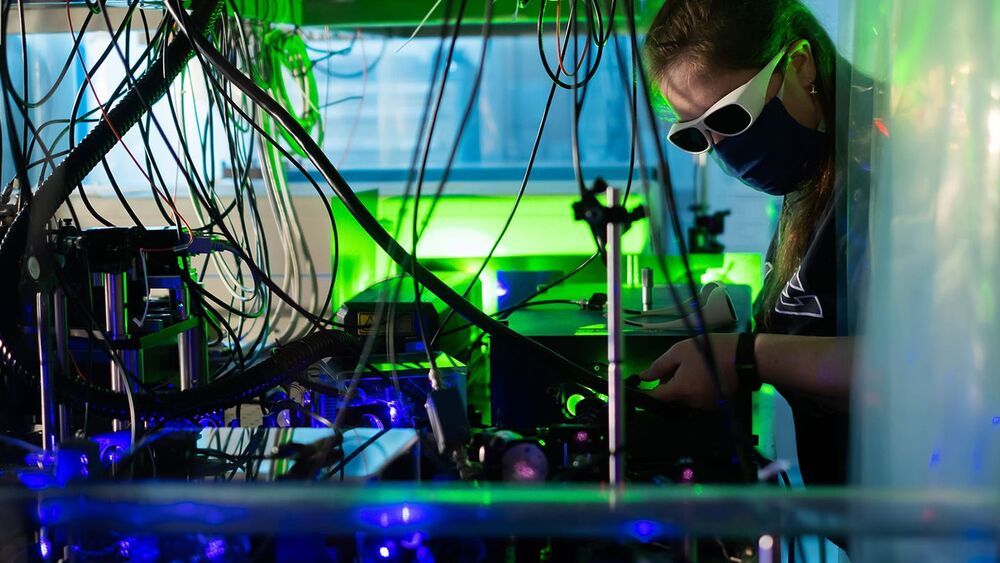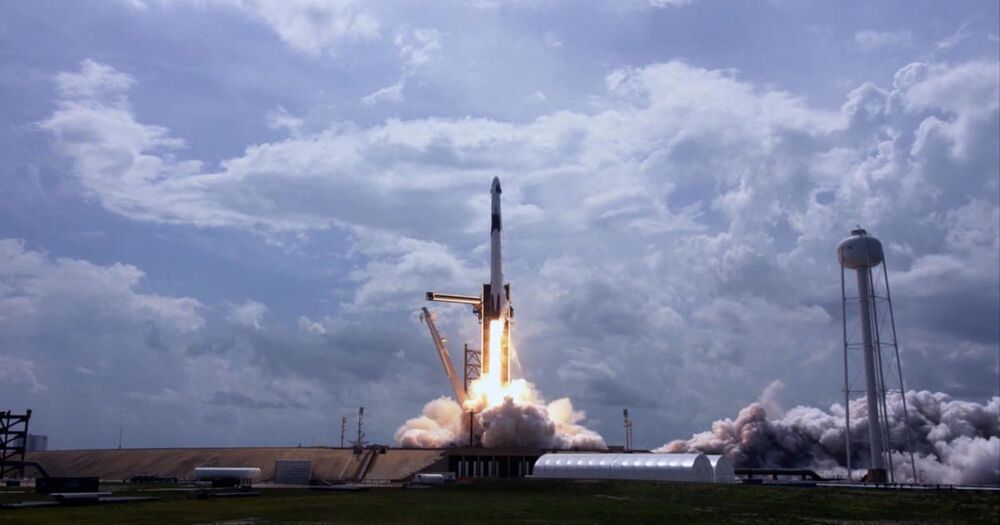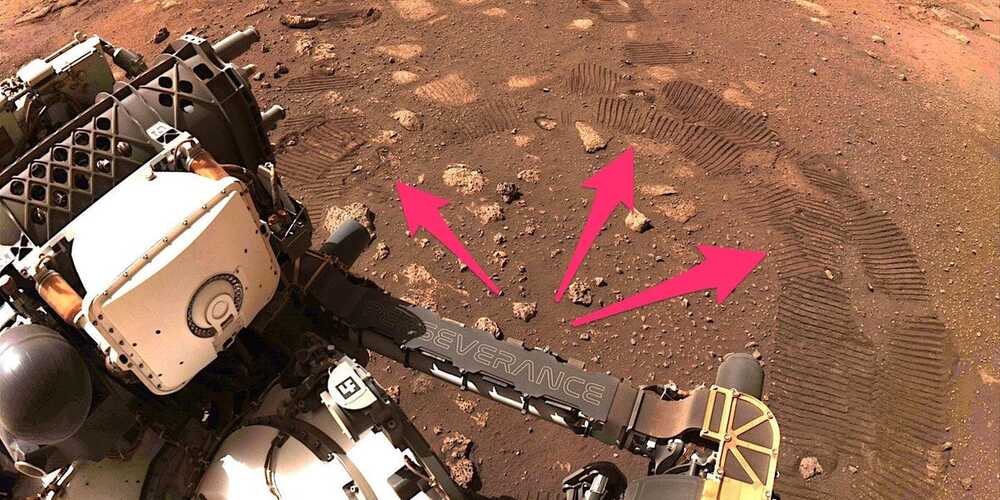Different methods of searching for and finding distant exoplanets give different information about the planets found.
The transit method — where an exoplanets passed in front of its sun and dims the bright sunlight ever so slightly — gives astronomers not only a detection but also its radius or size.
The radial velocity method — where an exoplanet’s gravity causes its host star to “wobble” in a way that can be measured — provides different information about mass and orbit.
